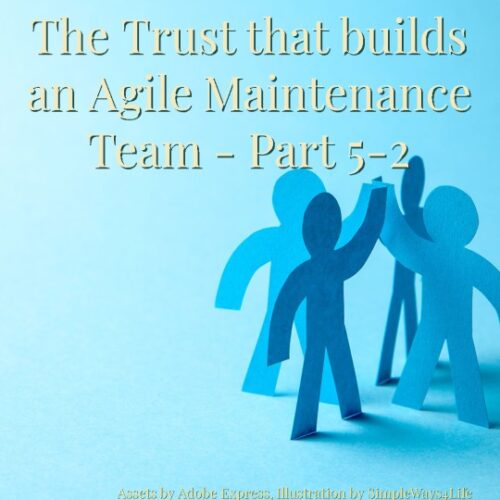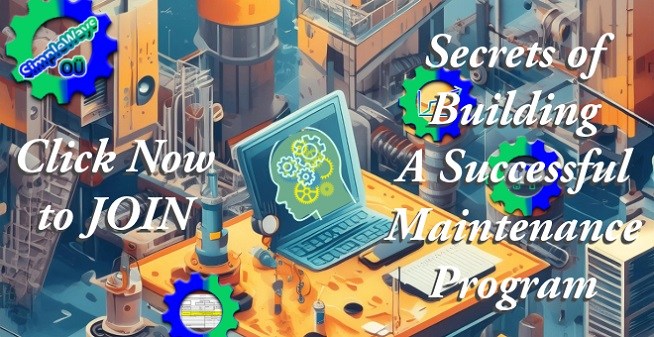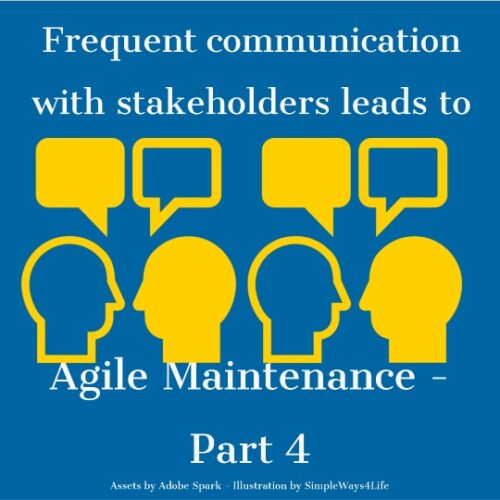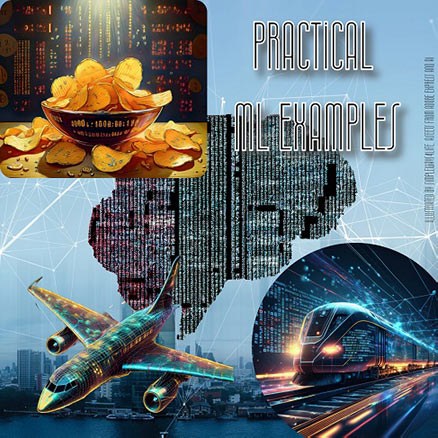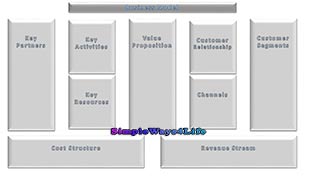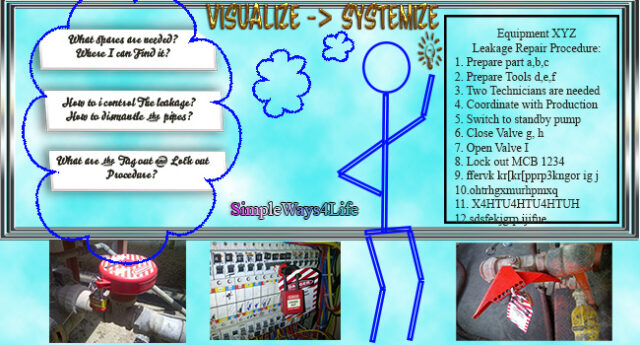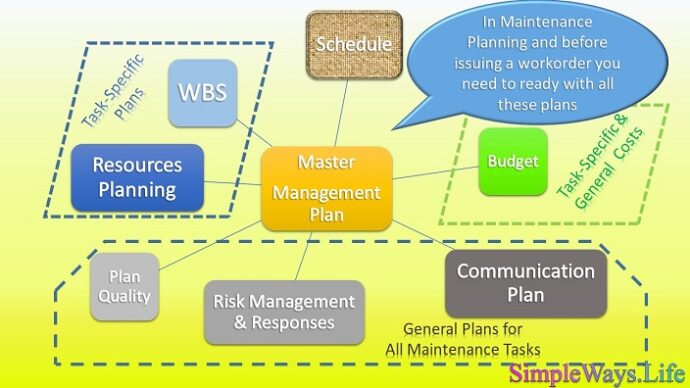The Agile Manifesto focused in two of its principles on the Team. it says:
- Build projects around motivated individuals.
Give them the environment and support they need, and trust them to get the job done.Principles behind the Agile Manifesto
- The most efficient and effective method of conveying information to and within a development team is face-to-face conversation.
Moreover, Agile values also focus on the team. We can find this clearly in the PMI (Project Maintenance Institute) Agile Wiki. In “Agile Manifesto Values and Principles” it says:
The Agile Manifesto reads, in its entirety, as follows:
We are uncovering better ways of developing software by doing it and helping others do it. Through this work we have come to value:
- Individuals and interactions over processes and tools;
- Working software over comprehensive documentation;
- Customer collaboration over contract negotiation;
- Responding to change over following a plan.
That is, while there is value in the items on the right, we value the items on the left more.
PMI Agile WIKI
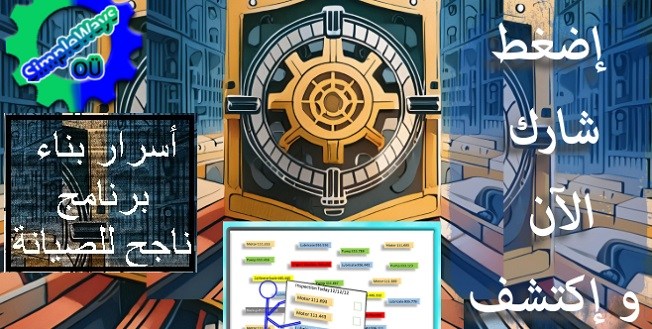
CUSTOMPRICE-TO2JAN26
In our previous article: A Motivated Team makes Agile Maintenance a Reality – Part 5-1; we had covered the first sentence of the Agile principles: “Build projects around motivated individuals”. It included deep insights around how and why to motivate the maintenance team.
Now, we need to focus on the leadership styles that will assert an Agile Team. An Agile Team surely leads to Agile Maintenance. Agile Maintenance is flexible enough to assure full capacity of production. Moreover, Quality assurance and conscious organizations understand that maintenance affects the long-term success of the organization.
How to lead an Agile maintenance team?
I found it best described in Scrum.org. They say: “Leaders who work with agile teams focus on ensuring that the teams have the support (tools, access, resources) and environment (culture, people, external processes) they need, and then trust them to get the job done. This principle can scare some leaders who have a more command-and-control management style. They wonder how they’ll know if their team is succeeding and focusing on the right things. The response to these concerns is to focus on the team’s outcomes. Are they delivering working product frequently? Are they making progress towards their goals? Those are the metrics that warrant attention. It is a necessary shift in perspective and mindset, and it is one that leaders as well as agile teams need to make to achieve the best results. “

CUSTOMPRICE-TO2JAN26
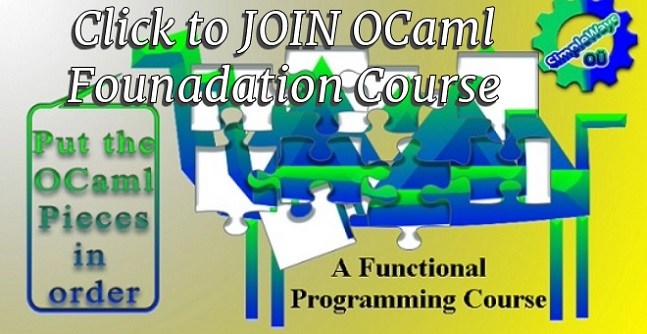
CUSTOMPRICE-TO2JAN26
To learn more about how to support agile teams, leaders should consider attend the Scrum.org Professional Agile Leadership – Essential class.
To make it simple. We need to think, imagine, visualize, etc. three main things. Those are the support and environment the team needs.

CUSTOMPRICE-TO2JAN26
What kind of support and environment the team needs?
- What the team needs to accomplish the tasks required from them.
- First, we need to make sure that the tasks themselves are clear.
- To make the tasks clear, that was a core part of our maintenance training in Arabic and English which you can find in the links above this paragraph
- Part of planning the task whether it is the scope of the maintenance crew or a dedicated planning team are the tools needed for this task
- So the team need to know the tools, how to get it and how to use it
- Safe access to the asset is a vital need for the task
- Then, to have clear measures or indications that will tell the team, the system and other teams that the task is accomplished.
- That’s where the importance of closing the task and its documentation in the proper way.
- What do mean by closing the task was described in the article: What Maintenance can learn from projects; may be proper closing?
- Also, communicating this closed, done or finished status to the other teams.
- Whom we should communicate to and how was explained in this article: Frequent communication with stakeholders leads to Agility – Part 4
- Finally, what is the internal and external environmental factors that creates the context of task execution.
- That’s the context where the task is executed. It includes everything surrounding the task starting from the other teams working in the area to the regulations that govern this task and many other factors.
- Even the environment itself is an important environmental condition that affects the team. Hot, how hot, cold, how cold, humid, how humid, etc.
- Also, the level of oxygen and other fumes or even dust particles in the job area.

CUSTOMPRICE-TO2JAN26
The manager or team leader role to cultivate a trust-based environment
We can see that the Agile principles has 2 out of its 12 principles dedicated to how managers and leaders should deal with their teams. In case we want to achieve an Agile performance for the business process we are leading then, we should maintain the team motivated and entrench a trust environment. Leaders should trust that the team will deliver the required tasks after they provide the team with their needs for the job. Also, the principles praise face-to-face direct communication. This doesn’t imply to assign and track tasks verbally. But clarifications, elaborations, comments, follow up should be face-to-face through direct communication. Both of these items enforce mutual trust between teams and leaders.
Moreover, one of the core values of an Agile process is to value individuals and interactions over processes and tools. That’s leveraging the value of individuals who make our teams.

CUSTOMPRICE-TO2JAN26

CUSTOMPRICE-TO2JAN26
When the team feels its value that’s a reflection of who the team leader values his team and speak for them. It is not just a matter of fighting others who negatively comment or criticize the team. It is the trust the leader has in his team. This trust should not be blind. Even we provide all what is needed for the team to accomplish their tasks, we shall every now and then find some individuals who needs more psychological reform to harmonize with the team and reach the level of trust we seek.
When you trust that the team will perform as required and achieve the agreed targets this means that the team reached self actualization where they fully realized their personal potential .
Why it is important that an Agile process lives in a trust-based environment?
Even though the Agile manifesto came to life more than 20 years ago; in 2001, its principles touched some of the current workplace environment deficits. The indications from The 2022 Workplace Global State by GALLUP is not that promising. In summary it says:
- Global engagement and wellbeing trends are stable, but low.
- Employee stress is at a new all-time high.
- South Asian and European workers’ hope declined.
- The global economy loses trillions to low engagement.

CUSTOMPRICE-TO2JAN26
GALLUP is a global analytics and advice firm that helps leaders and organizations solve their most pressing problems. Established in 1935 and has offices in more than 30 counties. This means that those trends are real and that they need action. A trust-based workplace can solve or at least improve the workplace conditions. However to reach this condition we need to provide the team with what it needs and encourage face-to face respectful communications. This way we can reach to a maintenance team that can make an Agile Maintenance process a reality.
If you feel you need help with any of these ideas we discussed, request a Management Consultancy or Coaching Services From our Store

